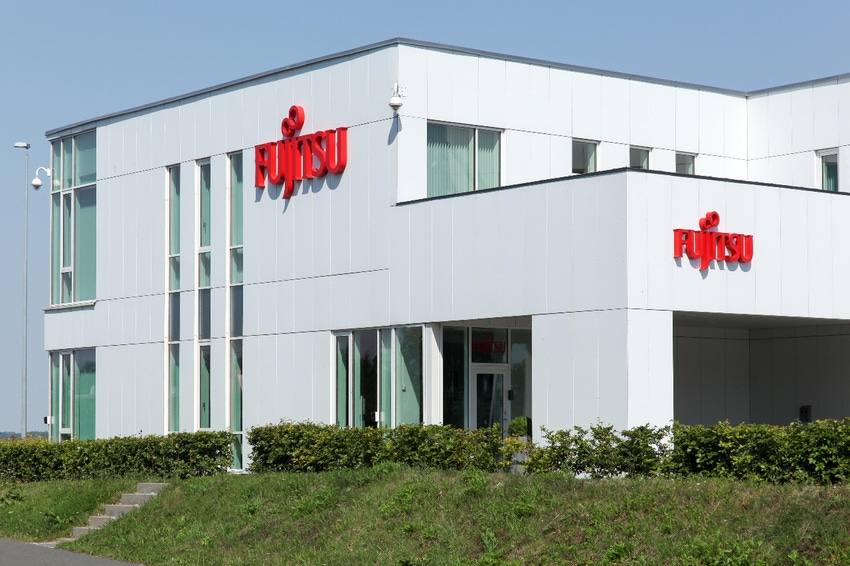
Lost in AT&T's big $14 billion announcement with Ericsson for open RAN was the fact that it also plans to purchase 5G radios from Fujitsu. The move represents a major win for the Japanese wireless network equipment vendor, which is relatively unknown outside its home market.
"In order to support the acceleration of open RAN in AT&T's network, Fujitsu will initially be delivering a series of O-RAN compliant radios to address their entire spectrum holding. More details will be provided in the near future," Fujitsu told TMN.
Fujitsu was named alongside Ericsson in AT&T's announcement earlier this week, but AT&T officials declined to say exactly what equipment Fujitsu would supply in the agreement. Fujitsu's role as a radio supplier is important because radios sit atop cell towers and broadcast operators' 5G signals to customers. Meaning, they're a critical – and expensive – part of an operator's overall network architecture.
AT&T "expects to have fully integrated open RAN sites operating in coordination with Ericsson and Fujitsu, starting in 2024," AT&T told Light Reading in response to questions about Fujitsu's role as a radio supplier.
"AT&T is a big deal," explained analyst Daryl Schoolar with Recon Analytics. He said a nod from AT&T – one of the world's biggest wireless network operators and a leading proponent of open RAN – will significantly raise Fujitsu's profile outside of Japan.
Quietly building momentum
Fujitsu is a smaller player in the global market for radio access network (RAN) equipment, according to research firm Dell'Oro Group, with a low-single-digit share of the sector. Dell'Oro declined to provide a more specific figure for Fujitsu's market share.
"Fujitsu is all-in on the next generation architecture and they see this shift towards cloud RAN and open RAN as an opportunity to improve their footprint outside of Japan," analyst Stefan Pongratz, with Dell'Oro, wrote in response to questions from Light Reading. "It has not been all smooth sailing but the efforts are slowly starting to show in the numbers. Up until just a couple of years back, all their RAN revenues came from the APAC region (Japan). But they have expanded the scope and there is now a mix between US and Japan, even if its North American revenues are struggling this year."
Continued Pongratz: "And obviously, being added to AT&T is big. I don't know how big but this is what open RAN is all about – they are now at the table."
Schoolar, with Recon Analytics, said Fujitsu primarily supplies Japanese wireless network operators like Docomo and KDDI. He said the company also has provided its radios to other equipment vendors like Nokia under white label agreements.
"They do have a lot of radio experience," Schoolar said.
Like other vendors including NEC, Fujitsu is hoping the open RAN trend – which lets operators mix and match vendors – will allow it to grab more business internationally. But also like other vendors including NEC, Fujitsu officials have bemoaned the sluggish development of open RAN in general. "On the customer side, there's not a clear motivation on their part to adopt vRAN [virtualized RAN] yet," Masaki Taniguchi, the head of Fujitsu's mobile system business unit, told Light Reading in June.
Getting into Ericsson and the US
Schoolar and Pongratz both pointed out that Fujitsu has already done open RAN integration work with Ericsson, potentially paving the way for the company to score a deal with AT&T under the operator's new agreement with Ericsson.
Indeed, in 2018, Ericsson and Fujitsu announced a strategic partnership to combine their portfolios – spanning radio access and core operations – for networks in Japan.
"The best way to look at it is: Ericsson is the systems integrator," Mavenir's John Baker told FierceWireless of AT&T's new deal with Ericsson. "It's clever to decide who your systems integrator is first. Over time, providing that everything is open and interoperable, they can bring in components from any vendor. Radios from Fujitsu and Mavenir could be running on the same baseband, or baseband software from another supplier can run on the same Dell hardware, for instance."
Moreover, Fujitsu has already supplied open RAN equipment into the US market. Prior to Dish Network's $1 billion radio agreement with Samsung, the open RAN operator had been working with Taiwan's Microelectronics Technology Inc. (MTI) and Fujitsu. According to Dish officials, Fujitsu ended up supplying most of Dish's early radio needs because MTI encountered supply chain troubles.
Recent tests of Dish's network in Las Vegas showed Fujitsu supplying the company's radio unit and Mavenir supplying Dish's centralized unit and distributed unit.
About the Author(s)
You May Also Like




_International_Software_Products.jpeg?width=300&auto=webp&quality=80&disable=upscale)







